
The Tehuacán-Cuicatlán Valley, located in central-southern Mexico, is a region of great ecological and cultural significance. Known for its stunning biodiversity and deep historical roots, it was declared a UNESCO World Heritage site in 2018 under the category of a mixed cultural and natural property. The valley spans parts of the states of Puebla and Oaxaca and covers an area of over 145,000 hectares. This is a vital center of biodiversity, particularly notable for its desert and semi-desert ecosystems. It is home to a vast range of plant species, many of which are endemic to the area. The valley boasts one of the richest collections of cacti in the world, including towering columnar cacti that dominate its landscape. These cacti ecosystems, along with the rare agave and yucca species, thrive in the region’s arid climate. It's also home to various endangered animal species, such as the green macaw, jaguars, pumas, and ocelots. The preservation of these unique ecosystems is essential for the continued survival of the valley’s flora and fauna, making it a key area for conservation efforts.
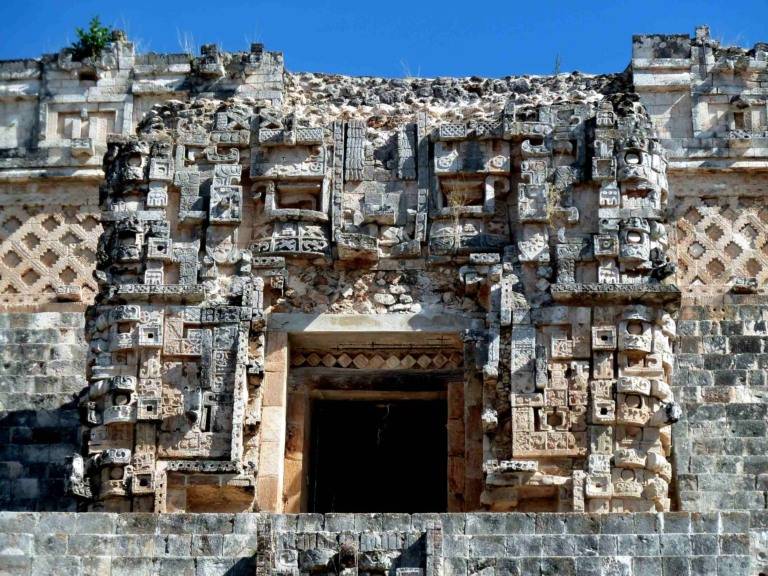
Uxmal, situated on the Yucatán Peninsula, stands as a remarkable testament to Mayan architecture and civilization. This ancient city, recognized as a UNESCO World Heritage Site, flourished during the late classical period of Mesoamerica, from the 7th to the 10th centuries. Uxmal is renowned for its well-preserved structures, showcasing the intricate and sophisticated craftsmanship of the Mayan people. The layout of Uxmal reflects a distinct Puuc architectural style, characterized by elaborate geometric patterns and decorative elements. The Pyramid of the Magician, an iconic structure at the site, stands tall with its unique elliptical base, representing a departure from traditional pyramid designs. The Governor's Palace, another key edifice, impresses with its intricate façade adorned with detailed mosaics and stone carvings, depicting various mythological and religious themes. Abandoned after the 10th century A.D., Uxmal became a place of pilgrimage until the Spanish conquest.

The Mayan ruins of Palenque are situated in the lush jungles of Chiapas, Mexico, and are a testament to the incredible achievements of the ancient Maya civilization. Palenque thrived during the Classic Period of Mayan history, with its peak of influence occurring between the 6th and 7th centuries AD. The city was carefully planned and constructed, with grand temples, palaces, and other structures that showcase the Mayans' advanced understanding of architecture and engineering. The Temple of the Inscriptions, one of the most famous structures in Palenque, contains a hidden tomb within that is believed to belong to the renowned Mayan ruler Pakal the Great. The Palace is another notable edifice that displays intricate artwork and a well-thought-out design, with a central courtyard surrounded by numerous chambers and corridors. These chambers exhibit detailed carvings and inscriptions, offering insights into the history, mythology, and daily life of the Maya.
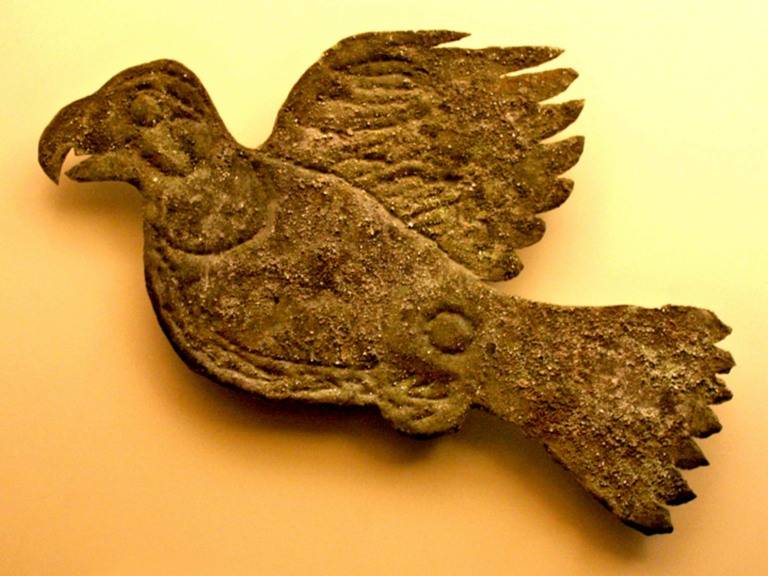
The Hopewell Culture is an ancient Native American cultural phenomenon that thrived in the Ohio region of the United States. This culture, which emerged between 100 BCE and 500 CE, is known for its distinctive earthworks, elaborate burial mounds, and extensive trade networks that spanned across much of eastern North America. The Hopewell people are named after the owner of a farm near Chillicothe, Ohio, where the first Hopewell site was excavated in the 19th century. The Hopewell people are also renowned for their elaborate burial practices. They constructed burial mounds, often in the shape of conical mounds, which contained rich grave goods, including exotic materials like copper, mica, shells, and rare artifacts. The meticulous construction of these mounds and the items buried within them suggest complex ceremonial and religious practices. Some mounds, like those at Mound City in Ohio, contained burial chambers with multiple individuals.

The pre-Hispanic city of Teotihuacan, nestled in a sub-valley of the Valley of Mexico, specifically in the State of Mexico, is a captivating testament to ancient Mesoamerican civilization. This remarkable site was recognized as a UNESCO World Heritage Site in 1987. Its history stretches back to around 400 B.C., and it rose to become the region's most influential city by 400 A.D. Despite its significance, the enigmatic origins, history, and culture of Teotihuacan continue to baffle historians. Notably, when the Aztecs encountered the city in the 1400s, they named it Teotihuacan, signifying "the place where the gods were created." By this time, however, the city had been abandoned for many centuries. Teotihuacan's architectural layout adheres to a meticulously designed grid covering approximately 8 square miles. It comprises over 2,000 single-story apartment compounds and features a diverse array of pyramids, plazas, temples, and noble and priestly residences. Here are some historical facts about Teotihuacan:
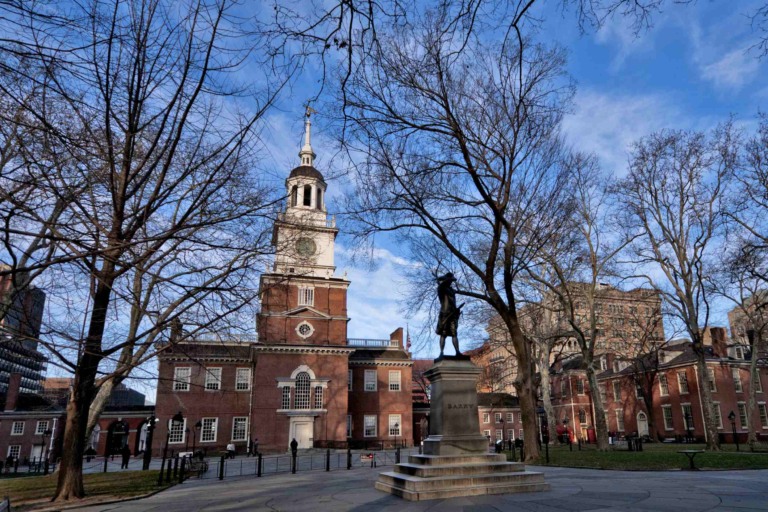
Independence Hall, located in Philadelphia, Pennsylvania, is an iconic historical building with immense significance in American history and a symbol of American democracy. It holds a central place in U.S. history as the birthplace of the nation. It stands as a testament to the enduring principles of liberty, democracy, and independence upon which the United States was founded. It continues to attract visitors from around the world who seek to connect with the nation’s history and values. It was designed by Edmund Woolley and Andrew Hamilton. The building served as the meeting place for the Pennsylvania Provincial Assembly. The Assembly Room within Independence Hall played a crucial role in American history, serving as a meeting place for significant events. Here is a detailed history of Independence Hall:

Everglades National Park, located in southern Florida, is a unique and ecologically significant natural area known for its diverse ecosystems, wildlife, and wetlands. The park serves as a vital breeding ground for tropical wading birds in North America and hosts the largest mangrove ecosystem in the Western Hemisphere. It is home to 36 threatened or protected species, including the Florida panther, American crocodile, and West Indian manatee, as well as a diverse array of 350 bird species, 300 types of freshwater and saltwater fish, 40 mammal species, and 50 reptile species. Moreover, Everglades National Park plays a pivotal role in recharging South Florida’s freshwater supply, stored in the Biscayne Aquifer. Human habitation in and around the Everglades dates back thousands of years. However, plans emerged in 1882 to drain the wetlands for agricultural and residential development. Throughout the 20th century, efforts to control and divert water from Lake Okeechobee to support urban expansion in the Miami metropolitan area escalated. The following list of 25 things to do in Everglades National Park is more thorough.
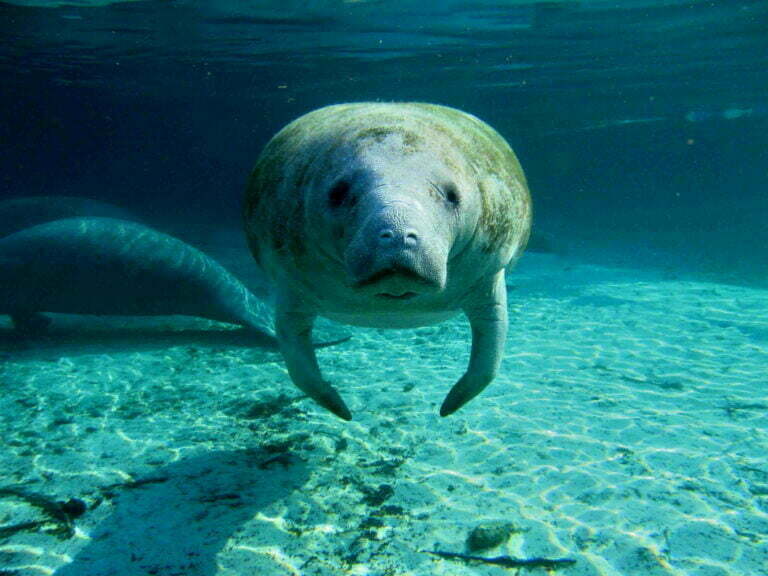
Everglades National Park, situated in Florida, safeguards the southern portion of the original Everglades, comprising the largest tropical wilderness in the United States and the most extensive wilderness east of the Mississippi River. The park, drawing an annual average of one million visitors, ranks as the third-largest national park in the contiguous United States, following Death Valley and Yellowstone. While many national parks safeguard unique geographic features, Everglades National Park holds the distinction of being the first national park established primarily to protect a delicate and interconnected ecosystem. The Everglades consist of wetlands and forests nourished by a river that flows at an exceptionally slow pace of 0.25 miles (0.40 kilometers) per day from Lake Okeechobee to Florida Bay. Everglades National Park in Florida is a unique and ecologically important natural area. To provide a clearer and more structured overview of the park, here are some interesting facts about Everglades National Park:
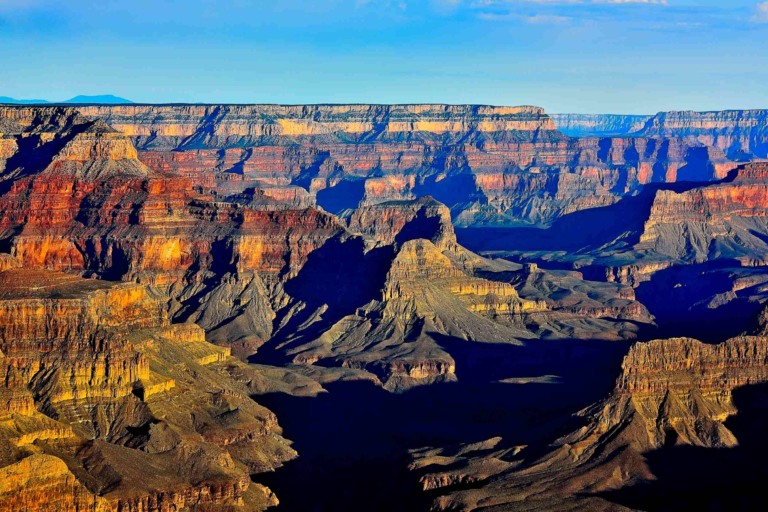
Grand Canyon National Park, located in Arizona, is one of the most iconic and breathtaking natural wonders in the United States. The park is not only a geological marvel but also a place of immense beauty and natural diversity. Whether you're admiring the vistas from the rim, exploring the depths of the canyon, or engaging in outdoor adventures, the Grand Canyon offers an unforgettable experience for all who visit. Over millions of years, the Colorado River has carved the canyon, revealing more than 2 billion years of Earth's geological history in its exposed rock layers and formations that tell the story of the planet's evolution. Within the park, diverse landscapes include high cliffs, fields, deserts, forests, cinder cones, magma streams, rivers, waterfalls, and a pristine whitewater river. It showcases how different landscapes evolved at various elevations as the Colorado River carved deeper into the canyon. Here is an overview of Grand Canyon National Park:
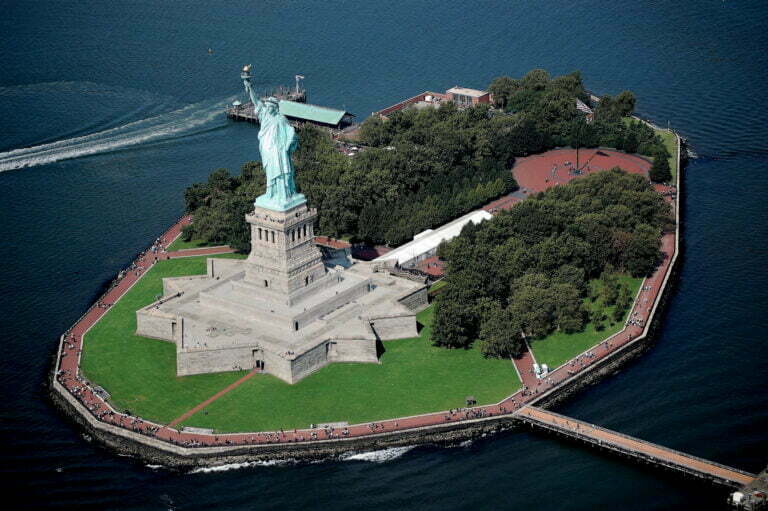
The Statue of Liberty, an iconic symbol of freedom, stands proudly on Liberty Island at the entrance to New York Harbor in the United States. This colossal statue is made of thin copper sheets, carefully shaped over a sturdy steel framework. It was a remarkable gift from France, given on the occasion of the United States’ centennial celebration. Sculptor Frédéric Bartholdi, in collaboration with engineer Gustave Eiffel, crafted this masterpiece, which was considered a remarkable fusion of art and engineering, marking one of the most significant technical achievements of the 19th century. Perched atop its grand pedestal, designed by American architect Richard Morris Hunt, the Statue of Liberty has been a symbol of welcome for countless immigrants since its dedication in 1886. Following its dedication, the Statue of Liberty swiftly became an enduring icon of freedom and of the United States itself. It stands as a powerful symbol of hope and welcome, particularly for those arriving in the United States by sea, and serves as a reminder of the nation’s commitment to liberty and equality.
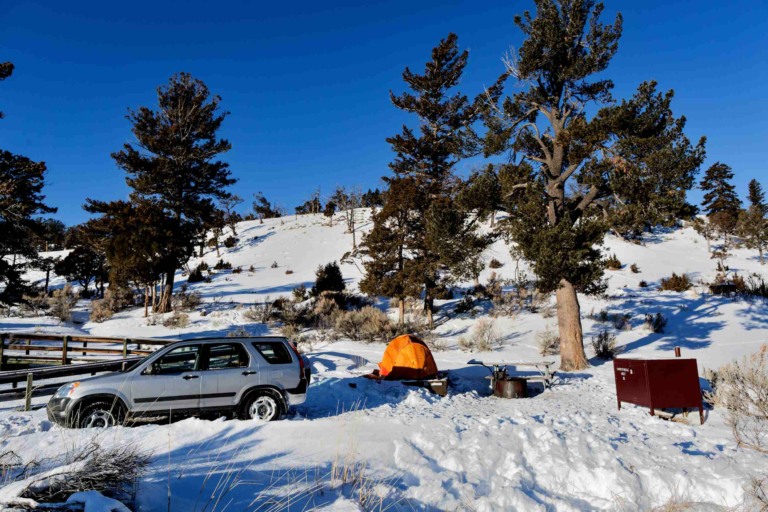
Yellowstone National Park is a vast and diverse wilderness area, offering a wide range of natural wonders and activities to explore. Here are some of the top things to do and see in Yellowstone. Yellowstone National Park is located primarily in the U.S. state of Wyoming, with small portions extending into Montana and Idaho. The park is quite remote, but there are several ways to access it, depending on your starting point and mode of transportation. The park's diverse landscapes, geothermal wonders, and abundant wildlife make it a destination that offers something for every nature lover and outdoor enthusiast.
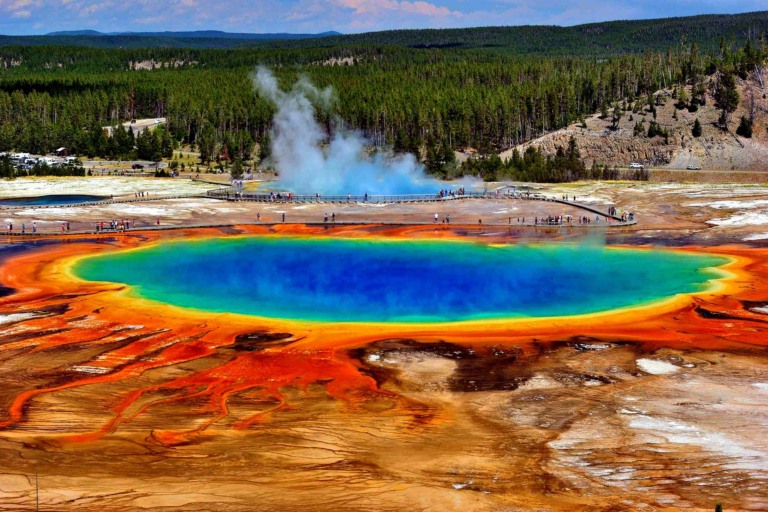
Yellowstone National Park is one of the most famous and iconic national parks in the United States. It is renowned for its stunning natural beauty, geothermal features, and diverse wildlife. Yellowstone National Park's natural wonders and rich history make it a must-visit destination for nature enthusiasts, scientists, and tourists from around the world. Its unique geothermal features and diverse ecosystems make it a true treasure of the United States. A vacation in Yellowstone National Park offers a unique and unforgettable experience. Whether you're a nature enthusiast, wildlife lover, hiker, or simply someone seeking awe-inspiring natural beauty, Yellowstone has something to offer. Here are some key facts and a brief history of Yellowstone National Park:











